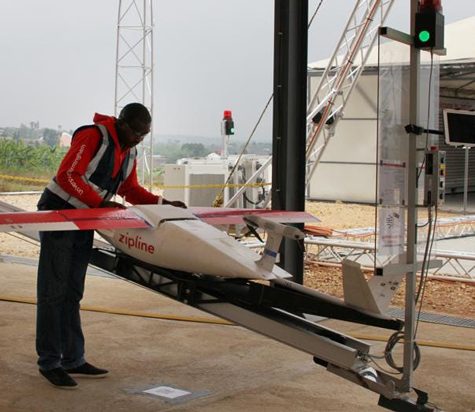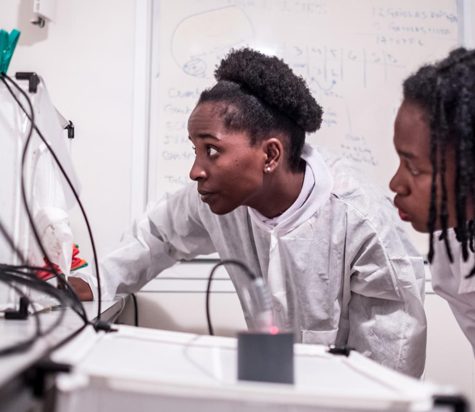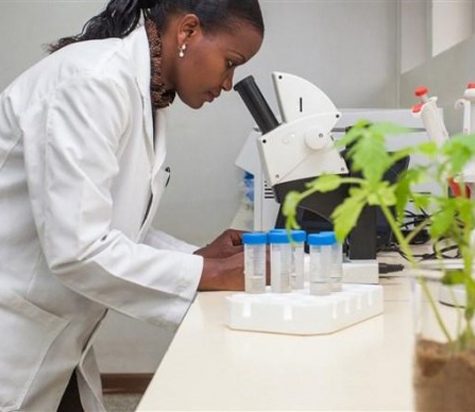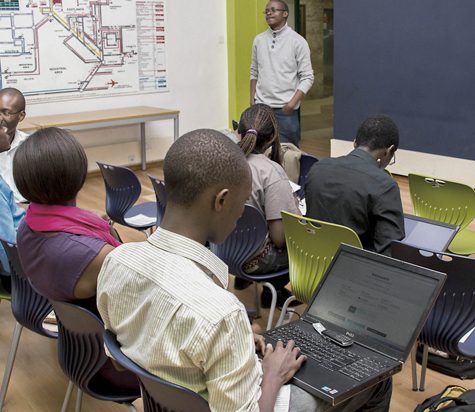Youth Population is both Opportunity and a Challenge
Africa is the fastest growing and most youthful population in the world, with implication for job creation and stability. Almost 60 % of population in Africa is under the age of 25 years. This burgeoning youth population is both opportunity and a challenge. The population provides opportunity for the continent to address Africa’s sustainable development challenges, tapping on the existing natural resources and using the creativity and innovation of its youthful population to catalyse economic transformation. On the other hand, the increasing youth population, coupled with high level of unemployment is a serious challenge. Creating more employment opportunities for the youth, and enhancing access to technologies for self-employment are core interventions that towards addressing these challenges.
Millions of girls are coerced into unwanted sex or marriage, putting them at risk of unwanted pregnancies, unsafe abortions, sexually transmitted infections (STIs) including HIV, and dangerous childbirth. Young people – both boys and girls – are disproportionately affected by HIV. Yet too many young people face barriers to reproductive health information and care. Even those able to find accurate information about their health and rights may be unable to access the services needed to protect their health. Adolescents’ sexual and reproductive health must be supported. This means providing access to comprehensive sexuality education; services to prevent, diagnose and treat STIs; and counselling on family planning. It also means empowering young people to know and exercise their rights – including the right to delay marriage and the right to refuse unwanted sexual advances.
Providing access to education and financing, boosting their creativity and innovation and simply believing in their ideas will help them make their projects and visions a reality. With this kind of support, youth can play a huge role in bringing about the world we want by 2030 – a world of peace, prosperity and inclusion, leaving no one behind.






